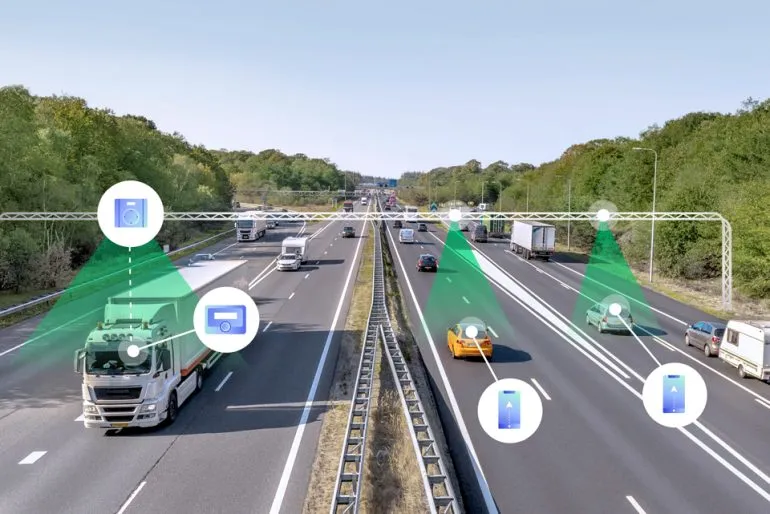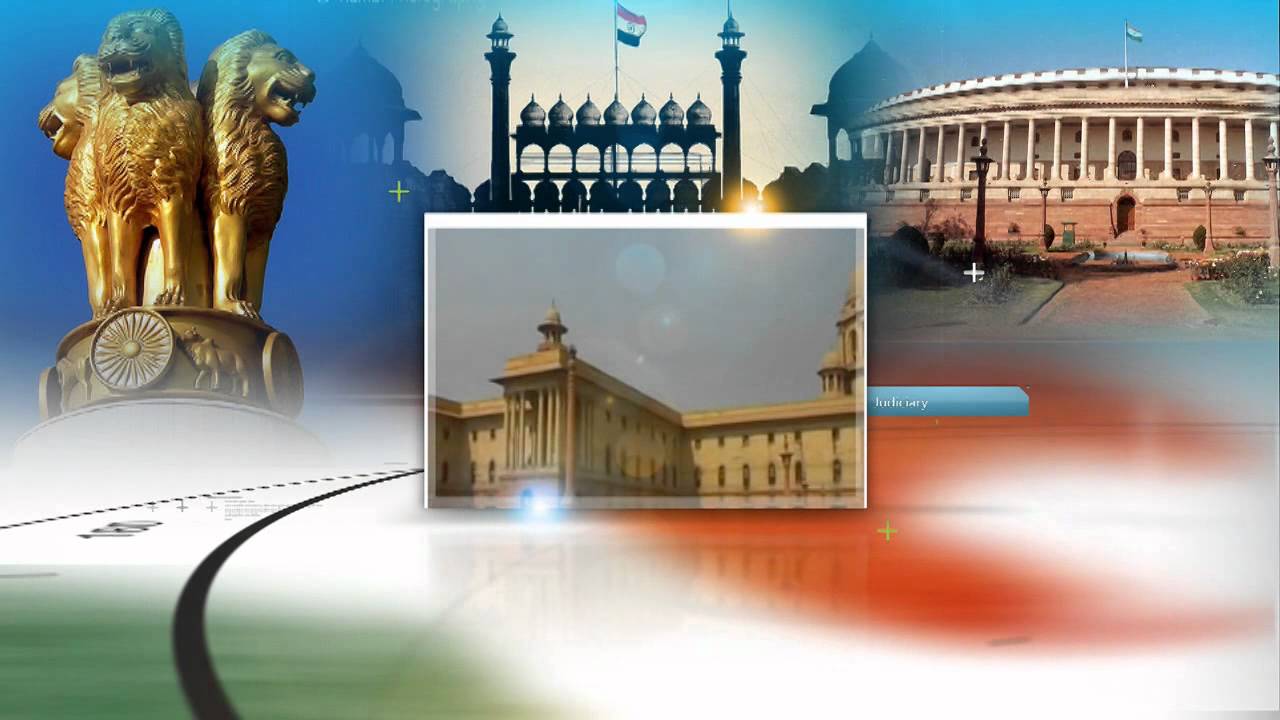HCE Survey 2023-24
Context:
Data from the Household Consumption Expenditure (HCE) Survey 2023-24 reveals a significant gap in food spending across major Indian states. While high-quality protein sources like eggs, fish, and meat remain under-consumed, spending on beverages and processed foods is dramatically higher.
More on News
- In Gujarat and Punjab, spending on processed foods is 17-29 times higher than on protein-rich foods.
- Karnataka and Rajasthan also reported wide spending disparities.
- The initial HCE factsheet (released in December 2023) was followed by a detailed report last month, confirming these trends.
The Household Consumption Expenditure (HCE) Survey is conducted by the Ministry of Statistics and Programme Implementation (MoSPI) in India. The survey collects data on the consumption and expenditure of households on goods and services. This data is crucial for assessing trends in economic well-being, measuring poverty, inequality, and social exclusion, and updating the basket of consumer goods and services used for the Consumer Price Index.
Key Findings
- Disparity in Spending: For example, in Punjab, for every 1 rupee spent on protein-rich foods, ₹17 is spent on beverages and processed foods. In Gujarat, this ratio is even wider, at 29:1.
- State-Level Discrepancies: In rural Punjab, approximately 24.3% of the total food expenditure was spent on beverages and processed foods, while only 2.7% was allocated to egg, fish, and meat.
- Gujarat and Rajasthan had similar trends, with Gujarat having the lowest protein allocation. Kerala was the only state where rural households spent more on proteins than on processed foods.
- Urban Disparities: In urban areas, the gaps were even more striking. Urban Gujarat spent 217 rupees on processed foods and beverages for every 1 rupee spent on proteins, while urban Punjab spent 212 rupees on processed foods and beverages for every 1 rupee spent on proteins.
- Kerala, West Bengal, and Bihar showed the smallest gaps, with better protein intake balance.
Health Implications
- The overconsumption of processed foods and beverages has been linked to rising concerns over diabetes, heart diseases, and other non-communicable diseases.
- Meanwhile, protein consumption in India remains insufficient, contributing to nutritional deficits.
- According to Kiran M, associate professor at Karnataka Veterinary Animal and Fisheries Sciences University, Indians are consuming 0.6 grams of protein per kilogram of body weight per day, falling short of the recommended 0.8-1 gram.
- This deficit of 0.2 to 0.4 grams per kilogram could be addressed by increasing the consumption of high-quality proteins.
- According to Kiran M, associate professor at Karnataka Veterinary Animal and Fisheries Sciences University, Indians are consuming 0.6 grams of protein per kilogram of body weight per day, falling short of the recommended 0.8-1 gram.
Insights from Past Research on Protein Consumption
- A 2019 study by researchers from St. John’s Research Institute (Bengaluru), St. John’s Medical College, and Tufts University (USA) highlighted:
- Cereals dominate protein intake in Indian diets.
- High-quality protein sources like milk, eggs, fish, and meat are under-consumed.
- The risk of protein deficiency remains high, despite global protein demand projected to grow by 14%.
- Malnutrition and Anaemia: Findings from NFHS-5 (2020-21) show severe malnutrition and anaemia in key states:
- 51.7% of pregnant women in Punjab were anaemic, and 71.1% of children aged 6-59 months were anaemic. Furthermore, around a quarter of the children in Punjab were stunted. Similarly, Gujarat shows even higher anaemia rates among pregnant women (62.6%) and children (79.7%).
Urgent Need for a Dietary Shift
- Given these alarming trends, policy interventions are needed to:
- Encourage protein-rich diets, especially in urban areas.
- Reduce processed food consumption to combat lifestyle diseases.
- Raise awareness about nutritional deficiencies and their long-term health effects.
As global protein demand rises, India must prioritise domestic consumption to improve public health outcomes and address malnutrition challenges.


